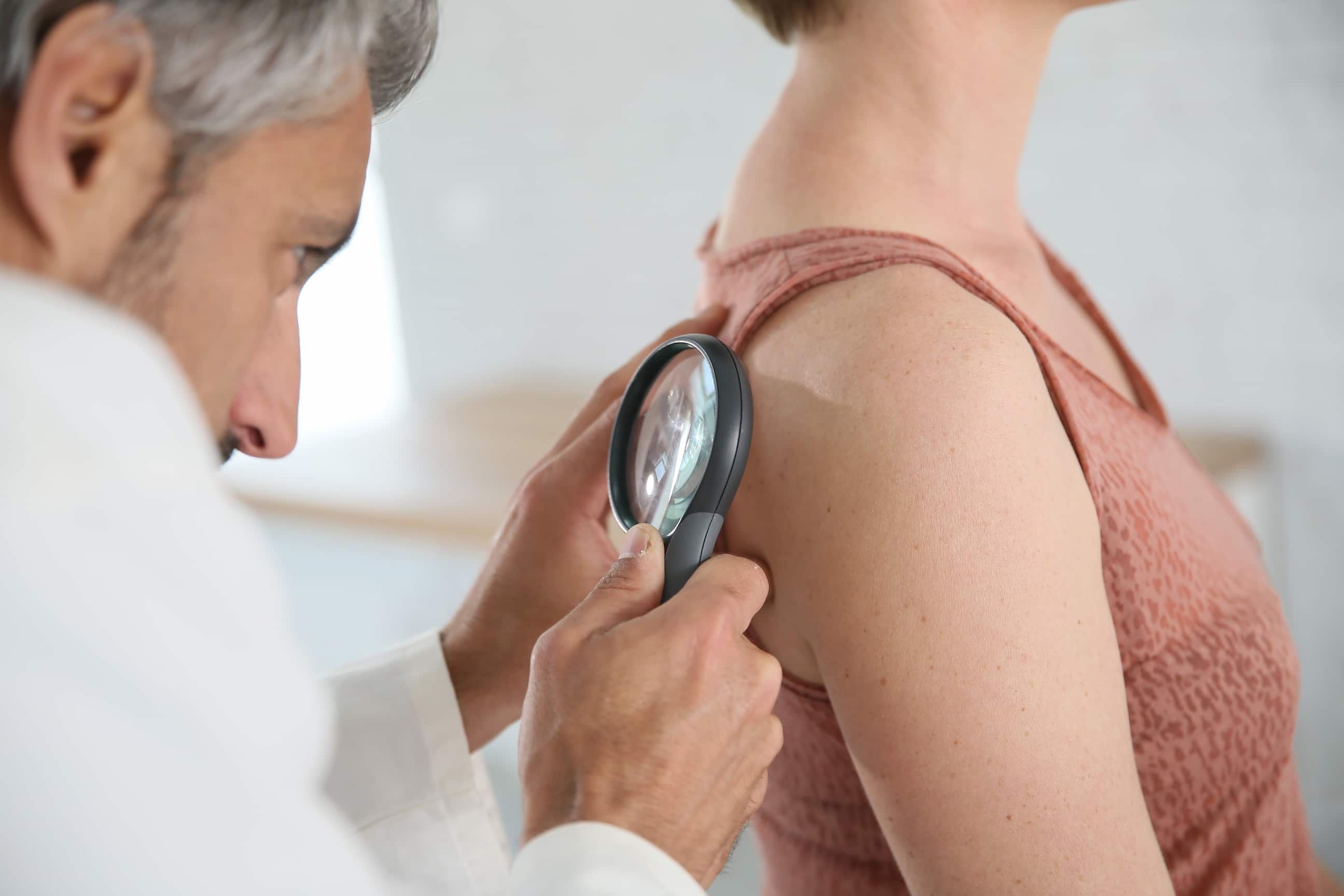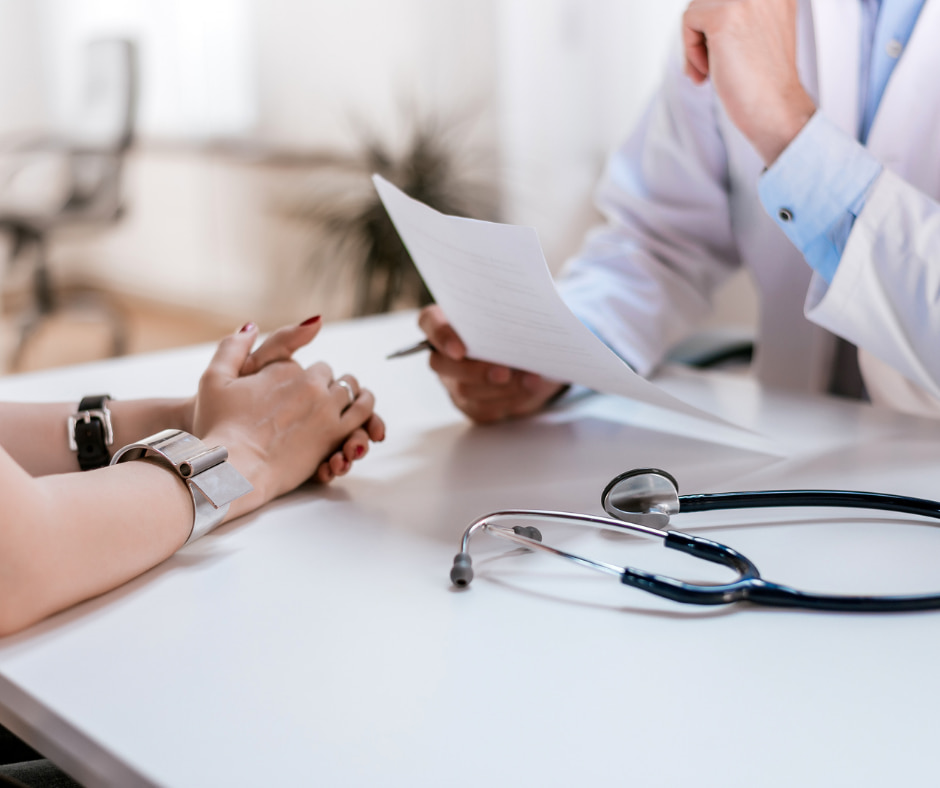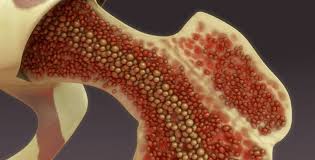
Breast Cancer Screening and Early Detection
Breast cancer screening is a way to check for breast cancer before any symptoms appear. The goal of breast cancer screening is to detect breast cancer at an early stage when it is most treatable. Mammography is the most common form of breast cancer screening, but there are other types of breast cancer screening tests available as well.
The American Cancer Society recommends that women start having mammograms at age 40 or 45 and continue to have them annually or every two years until they reach age 55 or 60. After that, they can switch to having mammograms every two years. However, this recommendation may vary based on individual risk factors and should be discussed with a healthcare provider.
Types of Breast Cancer Screening Tests
There are several types of breast cancer screening tests, including:
Mammography: Mammography is an x-ray of the breast tissue that can detect small lumps or abnormalities that may be too small to feel during a breast exam.
Clinical Breast Exam (CBE): A clinical breast exam is a physical exam of the breast tissue performed by a healthcare provider to check for any lumps or abnormalities.
Breast Self-Exam (BSE): A breast self-exam is when a woman checks her own breast tissue for any lumps or abnormalities.
Automated Breast Ultrasound (ABUS): ABUS is a type of ultrasound that uses a computer to create a 3D image of the breast tissue. This test is often used in conjunction with mammography for women with dense breast tissue.
Breast MRI: Breast MRI uses a magnetic field and radio waves to create detailed images of the breast tissue. This test is recommended for women who have a high risk of developing breast cancer.
Benefits of Breast Cancer Screening
Breast cancer screening has several benefits, including:
Early Detection: Breast cancer screening can detect breast cancer at an early stage when it is most treatable. When breast cancer is detected early, the chances of successful treatment and survival are much higher.
Improved Prognosis: Early detection and treatment of breast cancer can improve the overall prognosis for women diagnosed with the disease.
Peace of Mind: For many women, having regular breast cancer screenings can provide peace of mind and reduce anxiety about the possibility of developing breast cancer.
Lower Treatment Costs: When breast cancer is detected early, the treatment is often less invasive and less expensive than when the cancer is diagnosed at a later stage.

Why Early Detection of Breast Cancer is Important?
Early detection of breast cancer is critical because it can lead to more successful treatment and improved prognosis. When breast cancer is detected at an early stage, before it has spread to other parts of the body, the chances of successful treatment and survival are much higher. In fact, when breast cancer is detected early, the five-year survival rate is over 90%. However, if breast cancer is not detected until it has spread to other parts of the body, the five-year survival rate drops to around 27%.
Additionally, early detection of breast cancer can help reduce the need for more invasive and aggressive treatments. For example, if breast cancer is detected early, a woman may only need surgery or radiation therapy to treat the cancer. However, if the cancer is detected at a later stage, she may need to undergo chemotherapy, which can have more severe side effects.
Finally, early detection of breast cancer can save lives. Breast cancer is the second leading cause of cancer death in women, but early detection and treatment can significantly reduce the risk of dying from the disease. Regular breast cancer screening is an essential tool in the fight against breast cancer and can help women live longer, healthier lives.
Risk Factors for Breast Cancer
Knowing the risk factors for breast cancer can help women understand their risk and make informed decisions about breast cancer screening. Some of the most common risk factors for breast cancer include:
Age: As women age, their risk of developing breast cancer increases. Most breast cancers occur in women over the age of 50.
Family History: Women who have a first-degree relative (mother, sister, or daughter) with breast cancer have a higher risk of developing the disease themselves.
Genetic Mutations: Inherited genetic mutations, such as BRCA1 and BRCA2, can increase a woman’s risk of developing breast cancer.
Previous Breast Cancer Diagnosis: Women who have had breast cancer in the past have a higher risk of developing a new breast cancer.
Dense Breast Tissue: Women with dense breast tissue have a higher risk of developing breast cancer.
Hormonal Factors: Women who started menstruating before the age of 12 or went through menopause after the age of 55 have a higher risk of developing breast cancer.
Alcohol Consumption: Women who drink alcohol regularly have a higher risk of developing breast cancer than women who do not drink.
It’s important to note that having one or more of these risk factors does not mean that a woman will definitely develop breast cancer. Conversely, some women who develop breast cancer have no known risk factors. However, knowing your risk factors and discussing them with your healthcare provider can help you make informed decisions about breast cancer screening.
Breast Cancer Screening Recommendations
The American Cancer Society recommends that women at average risk of breast cancer start having regular mammograms at age 40 or 45 and continue to have them annually or every two years until they reach age 55 or 60. After that, they can switch to having mammograms every two years. However, women with certain risk factors may need to start screening at an earlier age or have more frequent screening.
In addition to mammography, women should also have regular clinical breast exams performed by a healthcare provider. Women should be aware of their own breast tissue and report any changes or abnormalities to their healthcare provider. Some women may also choose to perform breast self-exams, although research suggests that this may not be as effective in detecting breast cancer as mammography or clinical breast exams.
It’s important for women to discuss their individual risk factors and screening recommendations with their healthcare providers. Depending on a woman’s age, risk factors, and personal preferences, her healthcare provider may recommend more frequent screening, additional screening tests, or a different screening schedule.
The Study of Breast Cancer Screening
A recent study published in the Journal of Cancer Research and Prevention analyzed the effectiveness of various breast cancer screening methods and their impact on early detection. The study, involving a large cohort of women, demonstrated that regular mammography and clinical breast exams led to a 40% increase in early-stage breast cancer detection compared to relying solely on breast self-exams. This underlines the significance of professional screenings in improving early detection rates and ultimately enhancing the chances of successful treatment.
Overcoming Barriers to Breast Cancer Screening
Despite the clear benefits of breast cancer screening, many women still face barriers to accessing screening. Some of the most common barriers include:
Lack of Insurance: Women who do not have health insurance may not have access to regular breast cancer screening.
Cost: Even women with health insurance may face high out-of-pocket costs for breast cancer screening.
Fear and Anxiety: Some women may avoid breast cancer screening due to fear or anxiety about the screening process or the possibility of a breast cancer diagnosis.
Lack of Time: Women who have busy schedules may find it difficult to schedule and attend regular breast cancer screening appointments.
Lack of Transportation: Women who do not have access to reliable transportation may struggle to get to screening appointments.
There are several steps women can take to overcome these barriers and ensure they receive regular breast cancer screening. These may include talking to their healthcare provider about low-cost or free screening options, seeking financial assistance, addressing fear and anxiety through counseling or support groups, and finding ways to make screening appointments fit into their schedules.
In conclusion, breast cancer screening is a critical tool in the early detection and treatment of breast cancer. Regular screening can help detect breast cancer early, when it is most treatable, and can potentially save lives. Women should be aware of their individual risk factors for breast cancer and discuss their screening recommendations with their healthcare providers.
Overcoming barriers to screening, such as lack of insurance or fear and anxiety, can be challenging, but there are resources available to help women access regular screening. By prioritizing breast cancer screening, women can take an active role in their own health and well-being.



